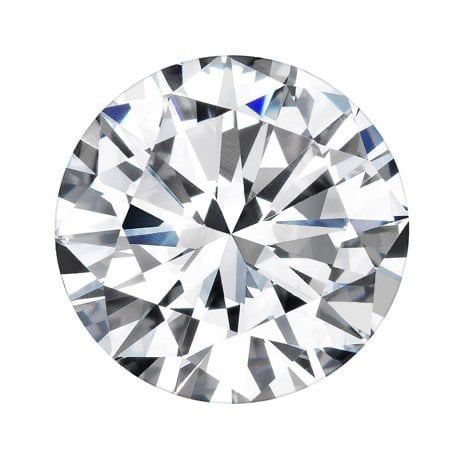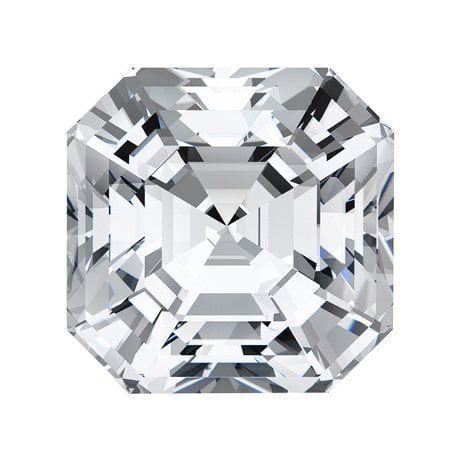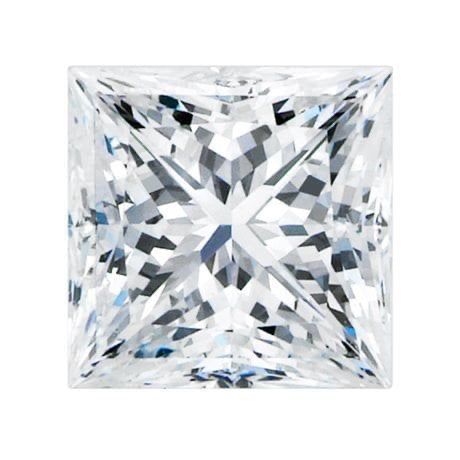Shop by Shape
-

OVAL
-

ROUND
-

EMERALD
-

PEAR
-

HEART
-

RADIANT
-

CUSHION
-

MARQUISE
-

ASSCHER
-

Princess
Diamond Shape
-

Oval-cut diamonds are amongst our most requested styles because their elongated shape creates the illusion of greater size and also makes the finger of the wearer appear longer and slimmer. Their ratio can vary from a shorter, rounder shape to a thinner, longer shape. Most people prefer to work in the 1.35-1.50 ratio range.
Oval-cut diamonds hide clarity very well, but will show warmth in the tips in I and J colors. An oval is an ideal choice for a customer who likes the fire and brilliance of a round diamond but wants something more unique.
OVAL
-

The round brilliant is traditionally the most popular diamond on the market. It is the only perfectly symmetrical shape and offers an unmatched brilliance. Rounds are the only shape GIA gives a cut grade. It is important to only purchase
Excellent Cut rounds as this is the only characteristic that impacts sparkle and brilliance. Excellent Cut rounds hide color and clarity exceptionally well, allowing you to go up to two grades lower in color and clarity.
ROUND
-

The unique look of the emerald cut diamond is created by the step cuts of its pavilion and its large, open table. Instead of the sparkle of a brilliant-cut, emerald cut diamonds produce a hall-of-mirrors effect, an elegant appeal.
Emerald cuts, like Asschers (below) mask color very well, but not inclusions (VS2 or better is recommended). They are the more popular of the two step cut shapes since their elongation makes them appear larger than Asschers.
EMERALD
-

Also called "teardrop," a pear-cut diamond gets its name because of its single point and rounded end. The unique shape is a way to make a bit more of a statement. Like ovals, pear-cut diamonds have a slimming effect on fingers, especially when they have an elongated length-to-width ratio.
More than any other diamond shape, pear-cut diamonds appear the largest for their carat weight. While the length to width ratio of classic pear shaped diamond is 1.40-1.70, a wider shape is preferred for a solitaire ring. Pears mask inclusions very well, but tend to show warmth in their tip in lower colors.
PEAR
-

When choosing a heart, symmetry is a very important characteristic since it is critical that the two halves of the heart are identical. The cleft (between the two lobes) should be sharp and distinct, and the wings (the sides as they curve down to the point) should have a very slightly rounded shape.
Heart-shaped diamonds come in a variety of silhouettes, from narrow to fat. The choice of a particular silhouette will be dictated by personal preference, though the length to width ratio of a classic heart shaped diamond is approximately 1.00.
HEART
-

Radiant-cut diamonds have straight edges and cut corners, just as the Emerald Cut, but feature brilliant faceting.
Radiant-cut diamonds hide both color and clarity very well, making them an excellent value. Elongated Radiants appear larger than square Radiants, making them the more sought after ratio.
RADIANT
-

The standards for cushion cut vary more than most other shapes. While generally less brilliant than round brilliant diamonds, cushion-cut diamonds often have better fire, which is part of their appeal. The most prevalent modern Cushion is called a Cushion Modified Brilliant and has an extra row of facets, giving it a crushed iced appearance.
In contrast, a Cushion Brilliant has larger, fewer facets and sparkles more similarly to a Round Brilliant. The requested shape is elongated, with a 1.10-1.25 length to width, however personal preference will dictate choice. Cushions hide inclusions very well and are known for their soft, pillow like shape.
CUSHION
-

Because of their large crown surface, Marquise appear larger than other shapes of the same carat weight making it a good choice when trying to maximize the perceived size of a diamond. Their elongated shape is also flattering on the finger.
In order to prevent a Marquise from appearing too narrow on the finger, it’s ideal to find one with a wider “belly”, a length to width ratio of 1.75 -1.95 is ideal. Marquise hides clarity very well but will shows warmth in the tips in I and J colors.
MARQUISE
-

Asscher, or square emerald, is a step cut diamond. Because of this, they hide color very well but will show inclusions in SI1 or SI2 clarities. Their large step facets, higher crown, and smaller table allow them to produce more brilliance than their emerald cut counterparts.
The cropped corners give the asscher cut a somewhat octagonal shape.
ASSCHER
-

The princess cut looks like an inverted pyramid from the profile view and has sharp corners. Princess-cut diamonds are extremely brilliant which helps hide inclusions well.
A princess-cut diamond should always be set with prongs that protect the four corners (the most likely location for chipping).
PRINCESS
AT YOUR SERVICE
We are committed to putting you first and delivering an exceptional experience. Our diamond specialists can assist you designing an engagement ring, personalizing a wedding band or selecting a financial option.











